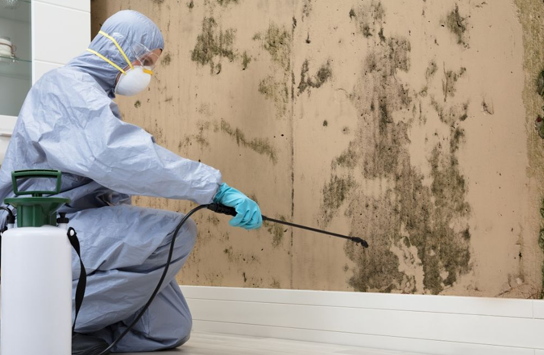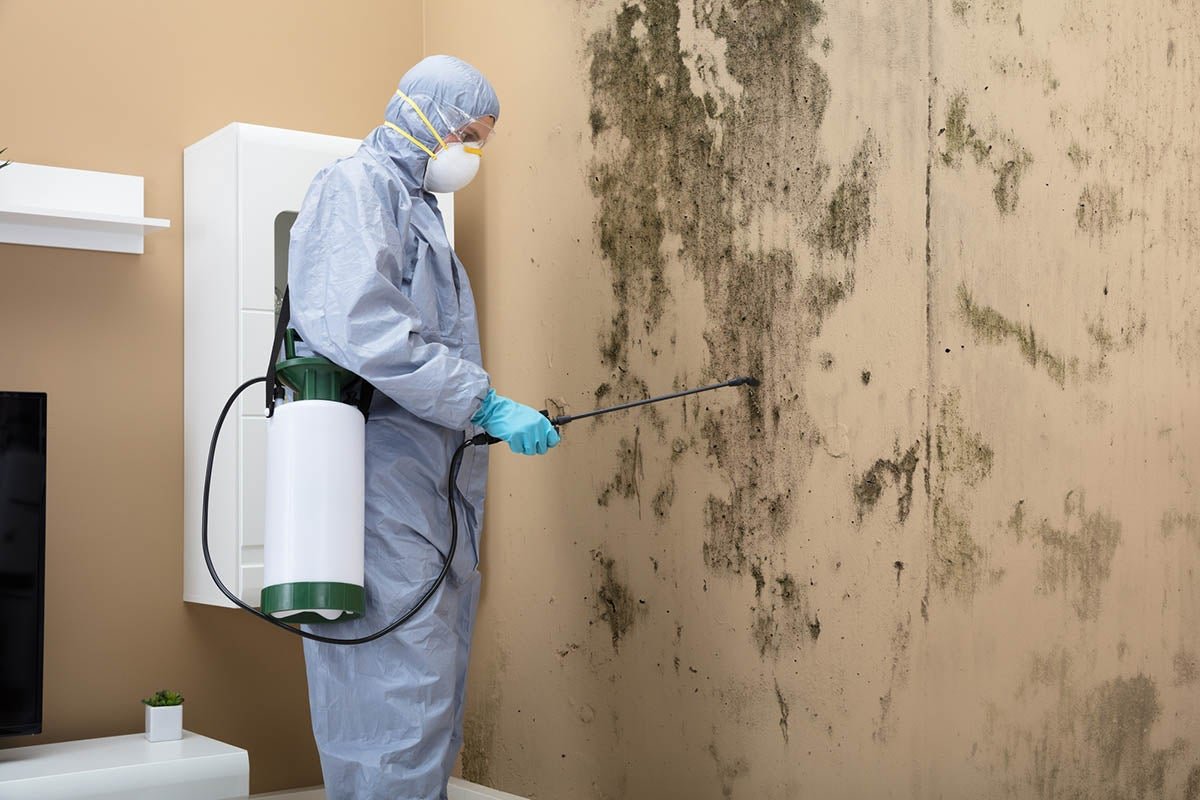As hurricane season approaches, it’s essential to ensure that you and your loved ones are prepared for any potential storms. Hurricanes can cause devastating damage, but with proper planning and preparation, you can significantly reduce the risks and ensure your safety. Here’s a comprehensive guide to hurricane preparedness to help you navigate this challenging season.
1. Understand the Risks
Understanding the risks associated with hurricanes is the first step in preparing. Hurricanes can bring powerful winds, heavy rainfall, flooding, and storm surges. Different areas have different vulnerabilities, so it’s crucial to know the specific risks in your location. Check local government websites for risk maps and historical data on hurricanes in your area.
2. Create a Hurricane Preparedness Plan
A well-thought-out plan is vital for ensuring everyone knows what to do before, during, and after a hurricane. Here’s how to create one:
- Communication Plan: Establish how you will communicate with family members if you are separated. Choose an out-of-town contact as a central point for family communication.
- Evacuation Plan: Know your evacuation routes and have a plan for where you will go. Consider the needs of all family members, including pets.
- Shelter Plan: Identify the safest room in your home to shelter in place if evacuation is not possible. Typically, this is an interior room without windows on the lowest floor.
3. Assemble an Emergency Kit
An emergency kit should have all the essentials you’ll need to survive for at least 72 hours. Here’s what to include:
- Water: At least one gallon per person per day for at least three days.
- Food: Non-perishable items, such as canned goods and dry food.
- Medications: A supply of prescription and over-the-counter medications.
- First Aid Kit: Bandages, antiseptics, and other first aid supplies.
- Tools and Supplies: Flashlights, batteries, a multi-tool, duct tape, and plastic sheeting.
- Personal Items: Clothing, blankets, hygiene products, and important documents.
4. Prepare Your Home
Taking steps to secure your home can minimize damage and increase safety:
- Secure Windows and Doors: Install storm shutters or board up windows with plywood. Ensure doors are reinforced.
- Clear Yard: Remove or secure outdoor items that could become projectiles in high winds.
- Check the Roof: Ensure your roof is in good condition and consider installing hurricane straps or clips.
5. Stay Informed
Staying informed about the latest weather conditions and emergency updates is crucial:
- Weather Alerts: Sign up for local weather alerts and warnings.
- Emergency Information: Follow local news and official social media accounts for updates.
- NOAA Weather Radio: Keep a battery-powered or hand-crank NOAA weather radio for reliable updates.
6. During the Hurricane
During the hurricane, your priority is to stay safe:
- Shelter in Place: If not evacuating, stay indoors, away from windows and glass doors.
- Evacuation: Follow evacuation orders promptly. Do not wait until the last minute.
- Stay Updated: Keep listening to updates and follow instructions from authorities.
7. After the Hurricane
Once the storm has passed, it’s important to stay cautious and assess the situation:
- Safety First: Avoid downed power lines, flooded areas, and unstable structures.
- Check for Damage: Assess your home for damage and make necessary repairs to prevent further issues.
- Aid and Assistance: Seek help from local authorities and relief organizations if needed.
Final Thoughts
Hurricane preparedness is about planning, preparation, and staying informed. By taking these steps, you can protect yourself, your family, and your property from the dangers of hurricanes. Remember, it’s better to be over-prepared than caught off guard. Stay safe, stay prepared, and weather the storm with confidence.




